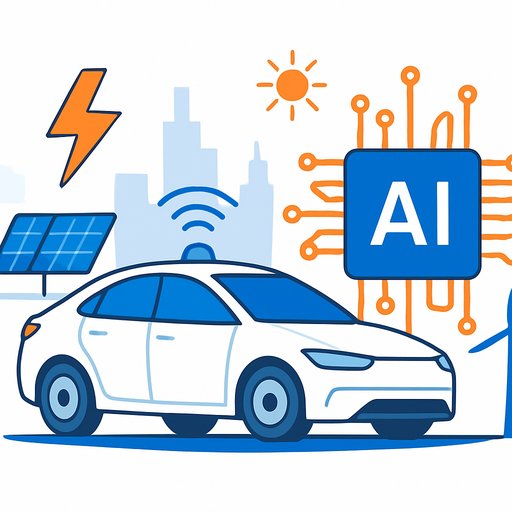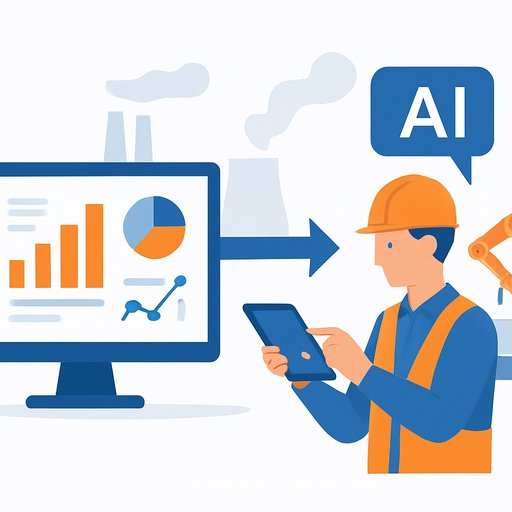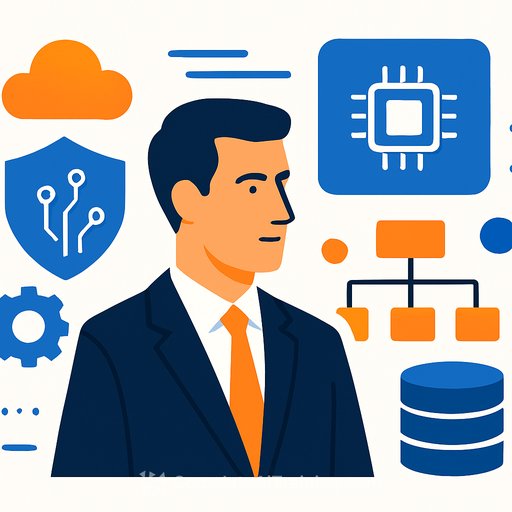UAE Leads in Autonomous Energy Operations and AI
Published: November 5, 2025
Across the Middle East, energy operations are moving from manual decision trees to systems that act on their own. Recent research indicates nearly 80% of regional energy leaders report high readiness for advanced autonomy-well ahead of most global peers still operating at earlier stages.
The UAE sits at the center of this push. Level 4 autonomy is now visible in parts of the ecosystem, where systems act independently in defined scenarios with minimal human input.
What Level 4 Autonomy Looks Like for Ops
- Selective independence: systems make and execute decisions without waiting on an operator.
- Self-healing: automated detection, diagnostics, and correction reduce manual intervention.
- Safety built-in: fewer people in hazardous zones, more control from secure rooms.
- Shift from "see and react" to "sense, decide, and act."
Why Ops Teams Are Leaning Into Autonomy
Costs. Without autonomy, operating expenses trend up as systems get more complex and demand rises. With autonomy, companies streamline workflows, stabilize output, and reduce downtime.
Leaders in the region are prioritizing business-led upgrades over checkbox compliance. The result: faster cycles, cleaner handoffs, and lower unit costs.
Core Benefits You Can Put on a Scorecard
- Improved financial performance: automation removes manual waste, cuts variability, and trims energy use.
- Higher competitiveness: sites that run themselves-within guardrails-consistently beat slower, manual peers.
- Smarter decisions: AI-driven insights inform setpoints, maintenance timing, and load balancing in real time.
Technology That Makes It Work
Digital twins mirror physical assets so teams can simulate, test, and optimize before touching a live system. Robotics and advanced process control keep assets stable under changing conditions.
AI moves operations from Level 3 self-optimization to Level 4 autonomy-detecting faults, predicting failures, and correcting issues without an operator stepping in. For an overview of industrial autonomy platforms, see Schneider Electric's EcoStruxure overview.
From Strategy to Execution: An Ops Playbook
- 0-30 days: Map critical assets and control loops. Agree on KPIs (unplanned downtime, energy intensity, MTTR, emissions). Audit data quality and historian coverage. Set cyber baselines.
- 30-90 days: Pick one high-impact unit for a pilot. Stand up a digital twin. Implement anomaly detection and soft sensors. Define human-in-the-loop thresholds and escalation paths.
- 90-180 days: Expand to adjacent units. Automate routine setpoint adjustments. Introduce self-healing playbooks. Start model monitoring for drift and bias.
- 180+ days: Integrate site-wide optimization. Tie energy, maintenance, and planning into a single control strategy. Formalize governance and audit trails.
Guardrails Ops Leaders Should Put in Place
- Clear autonomy limits: where the system decides vs. when an operator must approve.
- Fallback modes: one-click reversion to manual or safe state.
- Model governance: versioning, validation, and retraining cadence.
- Cyber resilience: zero-trust access, network segmentation, and continuous monitoring.
- Interoperability: open standards to connect legacy DCS/SCADA with AI services.
- People readiness: clear SOPs, skills mapping, and shift-based upskilling.
Real-World Proof
In Abu Dhabi, Schneider Electric and ADNOC Refining are piloting AI-driven autonomous operations with EcoStruxure. The system monitors continuously, optimizes key loops, cuts energy use, lowers emissions, and tightens performance without adding headcount.
Meeting Demand Without Spiking Costs
Electricity demand in the region is set to climb sharply by 2035, driven in part by cooling needs. Digital twins, self-healing grids, and AI optimization will be essential to keep reliability high while managing costs and emissions. For broader context on energy and cooling demand, see the International Energy Agency.
Weekly Metrics That Matter
- Unplanned downtime and mean time to recover
- Energy intensity per unit of output
- Control loop health and override rates
- Anomaly detection lead time and false-positive rate
- Emissions intensity and flaring events
- Operator interventions per shift in autonomous zones
- Model drift and retraining cadence
Skills: Build Your Bench
Operators don't need to become data scientists, but they do need fluency with AI tools, digital twins, and HMI changes. If you're building capability across shifts and roles, explore focused upskilling paths for ops teams: Courses by job and AI certification for AI automation.
The Bottom Line
The Middle East is moving from pilot talk to live autonomy. The UAE shows how Level 4 systems can cut costs, improve reliability, and reduce emissions-without adding operational friction.
For operations leaders, the path is clear: pick a high-value unit, set hard guardrails, measure relentlessly, and scale what works.
Your membership also unlocks:






